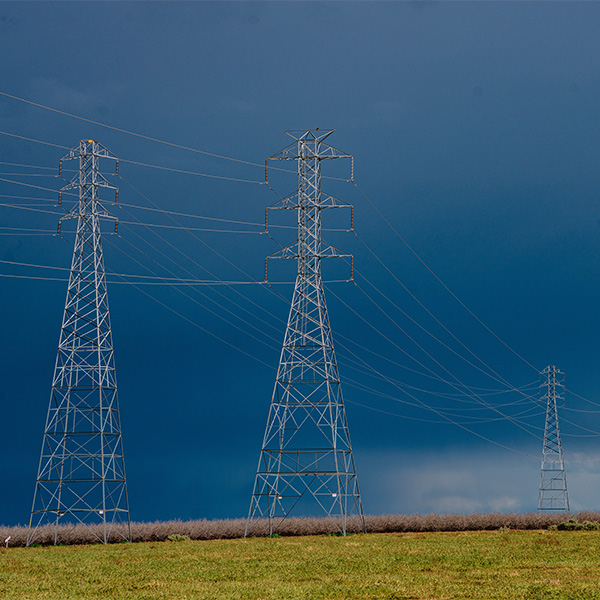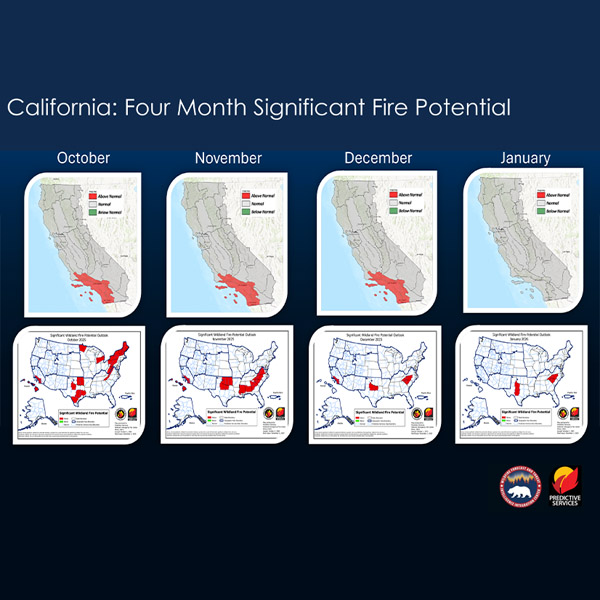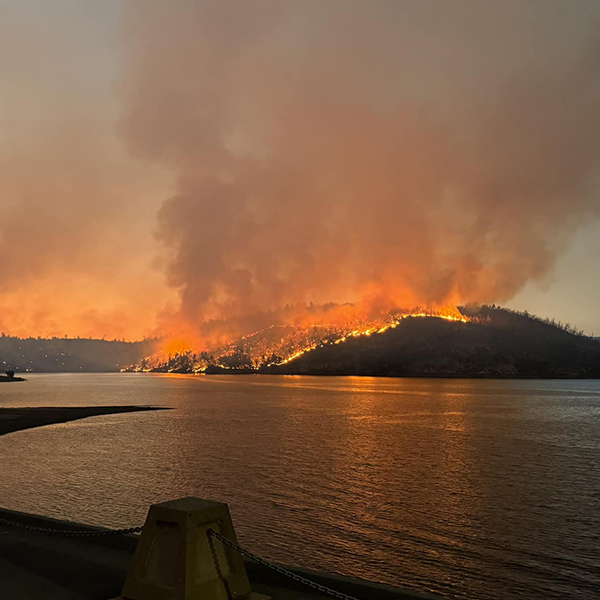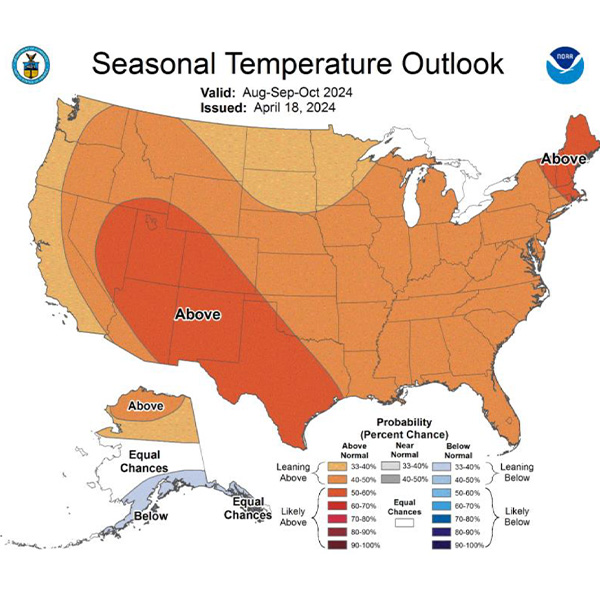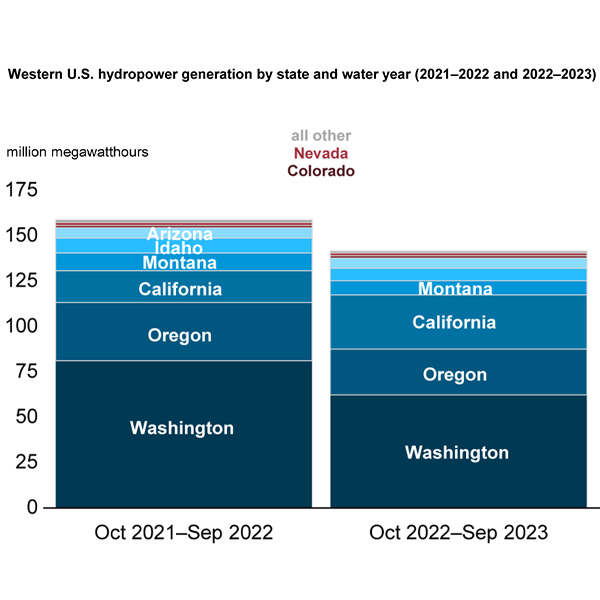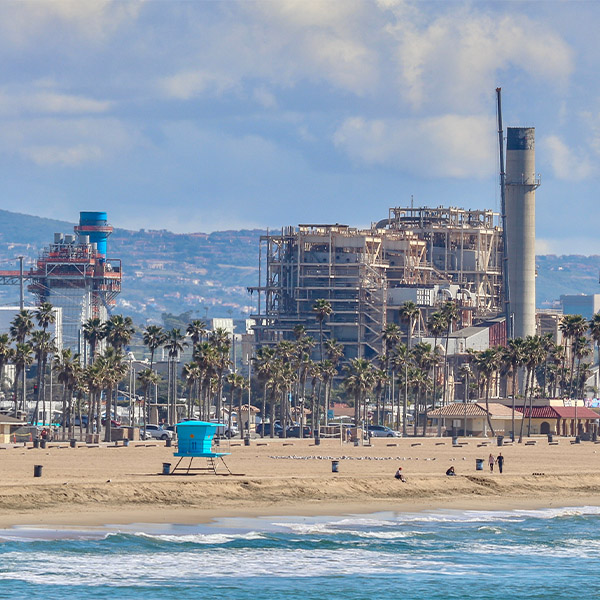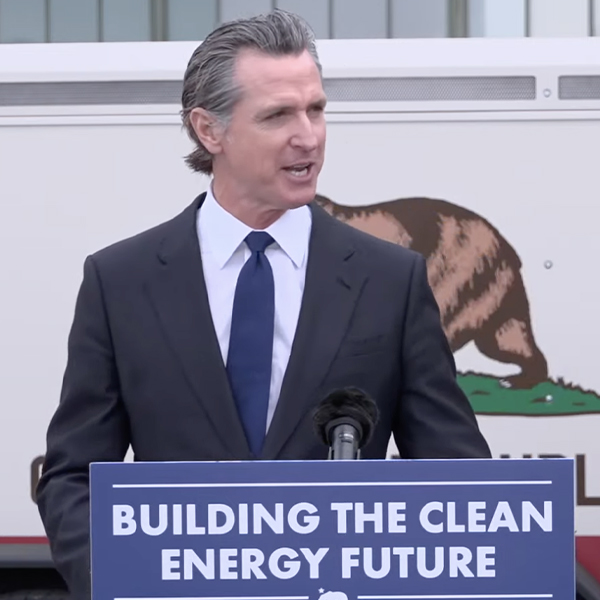California Department of Water Resources (CDWR)
The California Department of Water Resources and other parties have asked CAISO to restart a transmission access charge initiative that was put on hold in 2018 due to the development of the ISO’s Extended Day-Ahead Market.
Southern California faces an above-normal chance of a significant wildfire in the coming months, less than one year after fires burned the Los Angeles region.
FERC affirmed the ability of an independent transmission developer to include an RTO adder in its CAISO formula rate, rebuffing a request by the California Public Utilities Commission to reject the company’s use of the incentive.
California regulators have approved a plan for the state to buy up to 10.6 GW of long-lead time clean energy resources, including 7.6 GW of offshore wind along with geothermal energy and long-duration energy storage.
CAISO declared its first transmission emergency of the summer as a fast-spreading Northern California fire forced PG&E to de-energize transmission lines near one of the state’s key hydroelectric facilities.
State energy officials are “cautiously optimistic” about maintaining grid reliability during the upcoming summer, with California poised to benefit from above-normal snowpack and precipitation coupled with the probability of mild conditions in its coastal regions.
Developers of floating offshore wind are calling on the California Public Utilities Commission to increase procurement targets to 10 GW by 2035.
Despite record winter precipitation in California, hydroelectric generation in the Western U.S. fell to a 22-year low in the 2022/23 water year, largely due to drought conditions in Washington and Oregon.
The California Energy Commission agreed to keep three old, environmentally damaging gas-fired plants operating along the coast for grid reliability, despite an outpouring of opposition.
California Gov. Gavin Newsom has bold words for transitioning to clean energy, including on permitting, but his plan lacks some specifics.
Want more? Advanced Search
